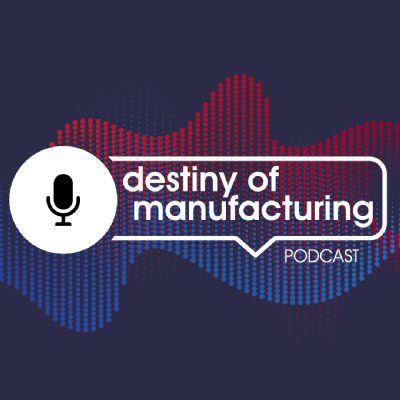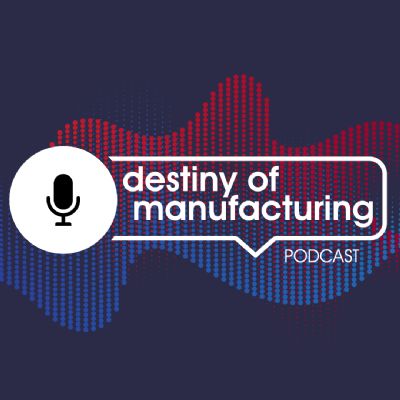Building a Team of Teams
September 1, 2021Comments
When General Stanley McChrystal took command of the Joint Special Operations Task Force in 2004 to do battle with Al Qaeda in Iraq, conventional U.S. military tactics were failing. According to the book McChrystal wrote in 2015, “Team of Teams: New Rules of Engagement for a Complex World,” Al Qaeda operated a decentralized network designed to move quickly, strike ruthlessly and then vanish into the local population.
To respond, McChrystal knew that having the world’s mightiest military wasn’t enough; he’d need his forces to match the agility of the Al Qaeda terrorist network. To do so would require “building a ‘team of teams’—faster, flatter and more flexible than ever,” reads the book’s Amazon synopsis.
I recently learned of the book, and how it applies to manufacturing, when interviewing Steve Peplin, CEO of Cleveland, OH-based metal former Talan Products, for the September issue of the MetalForming Business Edge enewsletter.
Note: If you’re not already receiving MetalForming Business Edge, subscribe.
While I’ve not yet read the book, I will soon, to better understand what lessons Peplin has learned from it. In short, though, he tells me that he appreciates how McChrystal and his leadership team drove decision making down to lower levels of the military, to improve agility, responsiveness and adaptability.
“Before, when they collected intelligence from the field,” Peplin explains, “the information would be shipped to HQ in Washington, D.C., and after a few days of analysis they’d try to respond. Often, the actions taken in Iraq would be too late. Instead, McChrystal worked to make sure that they drove the decision making down to the soldiers in the field, allowing them to analyze the intelligence and then act on it, within a matter of hours instead of days. This changed the war.”
Peplin likewise has provided similar decision-making freedom to small groups throughout his company, ultimately expecting team members to make better and faster decisions and improve the company’s responsiveness and adaptability.
“The speed of business has increased dramatically,” Peplin says, drawing comparison to the elusive enemy McChrystal faced. “To keep pace, we’ve empowered our teams and decentralized decision making so that decisions occur as close as possible to where the results will appear.”








 Podcast
Podcast